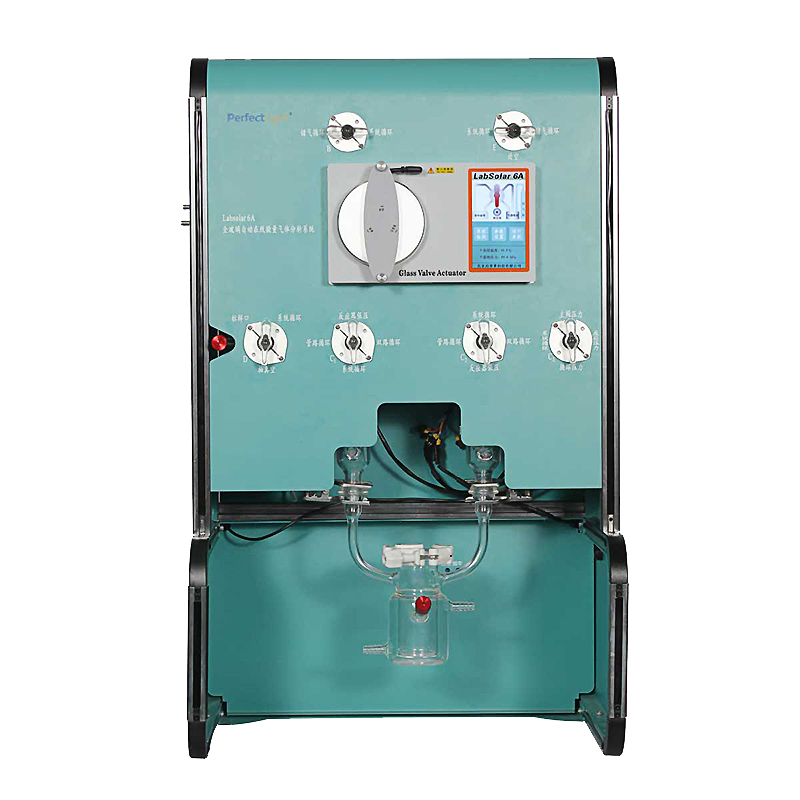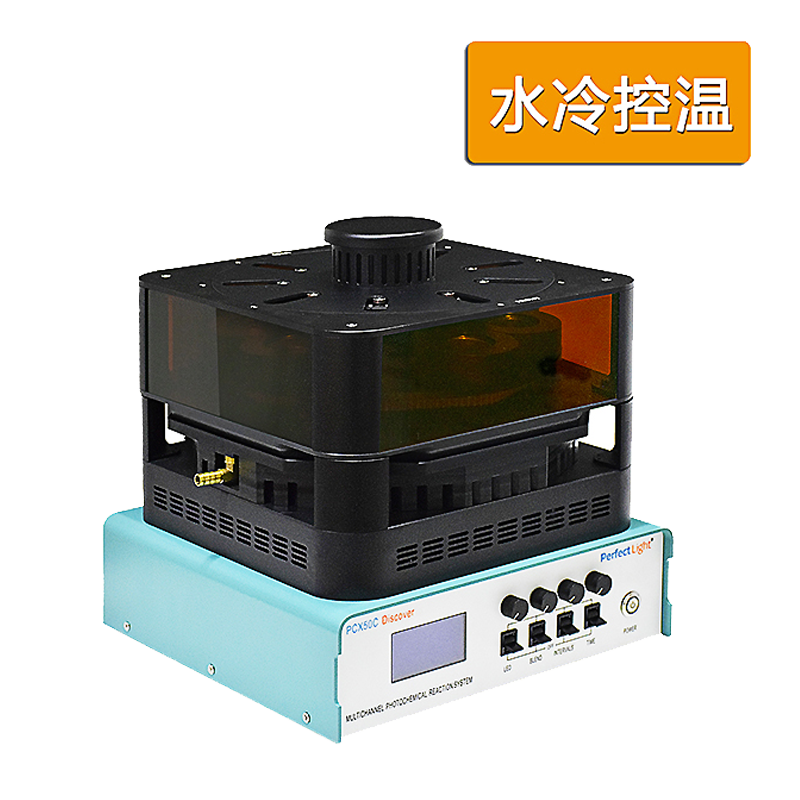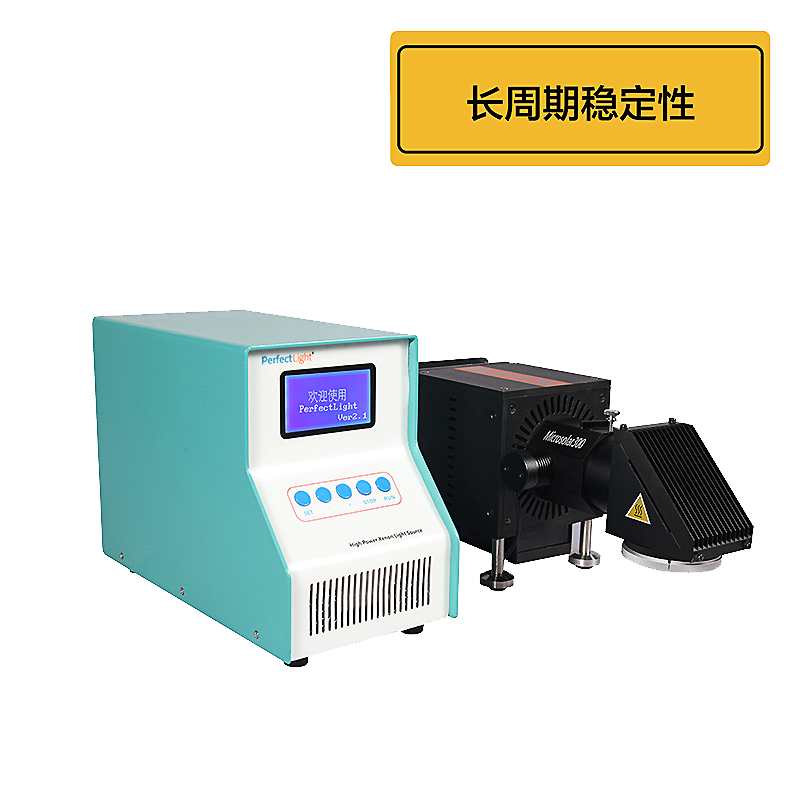Extracting hydrogen from sunlight, this seemingly sci-fi technology is quietly changing our energy future.
Imagine producing clean hydrogen fuel with nothing but sunlight and water — this is not only a miracle of nature but also a brilliant achievement of human technology. Photocatalytic water splitting mimics the natural process of photosynthesis and is acclaimed as “artificial photosynthesis,” making it a hot topic in current energy research.
The basic principle is actually very clever: when certain materials (photocatalysts) absorb sunlight, the energy from the light “excites” electrons in the material to higher energy levels.
These excited electrons are like energized particles capable of breaking the chemical bonds between hydrogen and oxygen in water molecules, thereby splitting water (H₂O) into hydrogen gas (H₂) and oxygen gas (O₂). The entire process requires no external electricity and relies solely on solar energy, achieving truly zero-carbon energy production.
The photocatalytic water splitting process can be summarized into three core steps, each closely linked, precise, and efficient.
Light absorption is the starting point. Photocatalysts (most commonly semiconductor materials like titanium dioxide) absorb sunlight, causing electrons (e⁻) to gain energy and jump from the valence band to the conduction band, leaving positively charged holes (h⁺) in the valence band. This process is like “kicking” electrons to a higher energy state, preparing them for subsequent reactions.
Charge separation and migration are key. The excited electrons and holes need to be promptly separated and migrate to the catalyst’s surface. If electrons and holes recombine too quickly, energy is lost as heat or light, reducing efficiency. Excellent catalysts can effectively promote charge separation.
Surface chemical reactions are the final step. Electrons migrating to the catalyst surface reduce water to produce hydrogen gas (2H⁺ + 2e⁻ → H₂), while holes oxidize water to produce oxygen gas (2H₂O + 4h⁺ → O₂ + 4H⁺). The entire reaction achieves complete water splitting, converting solar energy into stored chemical energy in hydrogen.
Although the principle is clear, photocatalytic water splitting still faces multiple challenges on the road to large-scale application.
Catalytic efficiency is the primary bottleneck. Most photocatalysts currently utilize mainly the ultraviolet portion of sunlight, which accounts for only about 4% of the total solar energy, while the visible light portion (about 43%) is generally underutilized. Developing new photocatalytic materials that efficiently harness visible light is a core challenge.
Charge recombination is also troublesome. The lifetime of photogenerated electrons and holes is extremely short, typically in the nanosecond or even picosecond range, resulting in energy loss. Designing catalyst structures to promote rapid charge separation and migration is key to improving efficiency.
The cost and stability of catalysts also limit commercialization. Many highly efficient catalysts contain precious metals (such as platinum), which are expensive. Meanwhile, photocorrosion during the reaction affects long-term stability. These issues remain key research directions.
Faced with these challenges, advanced research equipment becomes an important tool to accelerate photocatalytic water splitting studies. Beijing Perfectlight Technology Co., Ltd. offers a series of products that provide strong support for researchers.
The Labsolar-6A high gas-tightness automatic online photocatalytic analysis system is a core tool for water splitting research. Its all-glass, high gas-tightness design maintains the initial oxygen concentration at the ten ppm level for extended periods, greatly reducing oxygen inhibition of catalytic reactions. It is especially suitable for photocatalytic hydrogen and oxygen production reactions with stringent atmospheric requirements.

The PCX50C Discover multi-channel photocatalytic reaction system embodies innovative concepts for efficient research. It uniquely adopts a rotating bottom-illumination method, allowing simultaneous execution of 1-9 sets of photochemical reactions.

This system not only precisely controls reaction solution temperatures (10-80℃), but its paddle-style light source design and optical-grade flat-bottom quartz reaction vessels ensure uniform light exposure across different reaction sites, eliminating errors common in traditional multi-sample experiments and greatly improving catalyst screening and reaction condition optimization efficiency.
The Microsolar300 xenon lamp light source, equipped with a precise optical feedback system, provides stable and adjustable light intensity output. Combined with various filter combinations, it can simulate different solar spectra, enabling catalyst performance studies under different wavelength bands.

This complete solution (light source, reaction, sampling, and detection systems) offers researchers a stable, reliable, and efficient experimental platform, helping them gain deeper insights into photocatalytic processes and accelerate the development of new materials and processes.
With improvements in catalyst efficiency and reductions in cost, photocatalytic water splitting is expected to become an important component of renewable energy systems. The hydrogen produced can be used in fuel cells for power generation, chemical raw materials, energy storage, and other fields, achieving truly green recycling.
Every breakthrough in the laboratory adds bricks and mortar to the green dream of “Sunlight → Water → Hydrogen Energy”. Continuous innovation in scientific instruments and technologies is steadily shortening the distance between dreams and reality.
Recommended
news